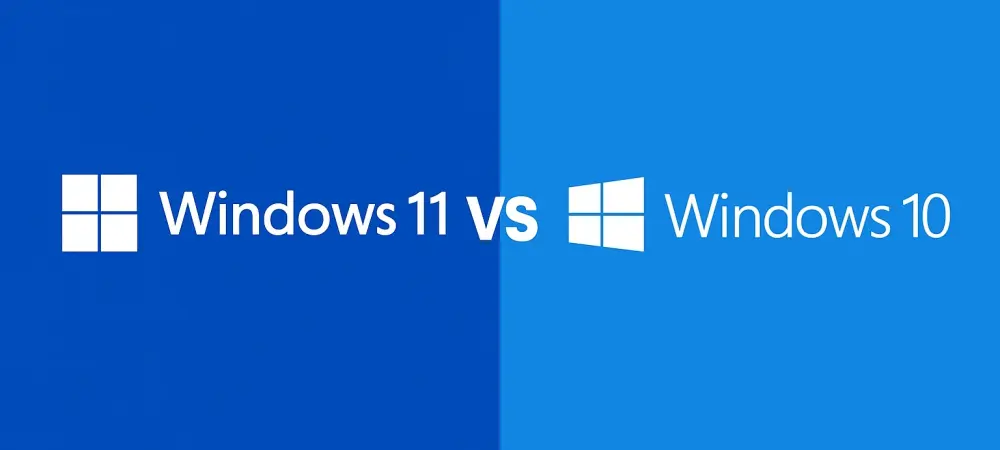In a notable shift in the operating system landscape, Windows 11 has now overtaken its predecessor, Windows 10, reaching a global installation base of 52.19 percent against Windows 10’s 44.48 percent. This transition marks a critical point in Microsoft’s development journey, revealing the evolving preferences of users worldwide. Despite the anticipated nature of this shift, it unfolded over four years, reflecting both advancements and challenges in the tech industry. Users demonstrated a remarkable level of caution and resistance, often questioning the need for an upgrade. Furthermore, some faced obstacles due to the stringent hardware requirements associated with Windows 11, highlighting the broader complexities of technology adoption. These factors led to a protracted adoption period, even with Microsoft’s concerted efforts to highlight the impending end-of-support for Windows 10 by 2025. The tech giant even extended security support until 2026, a move that emphasizes Microsoft’s acknowledgment of users’ hesitations and the enduring charm of Windows 10’s stability and familiarity.
Factors Influencing the Operating System Shift
The journey from Windows 10 to Windows 11 was shaped by various influential factors, many of which revolved around user hesitations and the technical demands of the new platform. At its core, Windows 11 posed certain technical requirements that many users found challenging to meet, particularly businesses confronting significant upgrade costs. These requirements often meant investing in new hardware, which posed financial barriers that not every organization was willing or able to overcome. This barrier was a pivotal aspect of the slower adoption rate, showcasing the delicate balance between technological progression and practical user needs. Moreover, for many users, the lack of compelling or game-changing features in Windows 11 justified sticking with the tried-and-true Windows 10. The older system had earned a reputation for stability and reliability over its lifespan, establishing a loyal user base that was difficult to sway without substantial incentives. Users, especially in professional environments, often appreciate continuity and dependability, which kept them tethered to Windows 10 despite new offerings on the horizon.
Microsoft’s Strategy and User Response
Microsoft’s approach to promoting Windows 11 focused largely on emphasizing the evolving needs of modern computing. Nevertheless, despite efforts to drive migration, Microsoft recognized ongoing reluctance and responded by extending Windows 10 support until 2026. This strategic decision aimed to cushion the transition period and address user resistance, acknowledging diverse user needs while maintaining a pathway for future system evolution. The extension of security support into 2026 was not merely a tactical move but also a testament to understanding user demands. It captured the complexity of the tech landscape where users weigh costs, benefits, and personal requirements. Additionally, this extension served to mitigate fears of abrupt support termination, which could have otherwise pushed reluctant users prematurely toward Windows 11. Microsoft’s actions reflected a comprehensive understanding of user dynamics in the tech space. Their nuanced approach indicated a recognition of the diversity in user readiness and willingness to transition, maintaining user loyalty amidst changing technological paradigms.
Moving Forward from the Transition
Windows 11 has surpassed Windows 10, capturing 52.19% of the global installation base compared to Windows 10’s 44.48%. This marks a significant milestone in Microsoft’s journey, reflecting the shifting preferences of users worldwide. Despite being expected, this transition took over four years, revealing the tech industry’s challenges and advances. Many users approached the upgrade cautiously, questioning its necessity, and faced obstacles due to Windows 11’s stringent hardware requirements, underscoring the complexities of adopting new technologies. Consequently, the adoption period stretched, even as Microsoft emphasized the end-of-support for Windows 10 by 2025. To acknowledge users’ hesitations and the lasting appeal of Windows 10’s stability, Microsoft extended its security support to 2026. This decision underscores the company’s recognition of the enduring allure of familiarity and reliability, even as users reluctantly step into the next era of computing with Windows 11.

